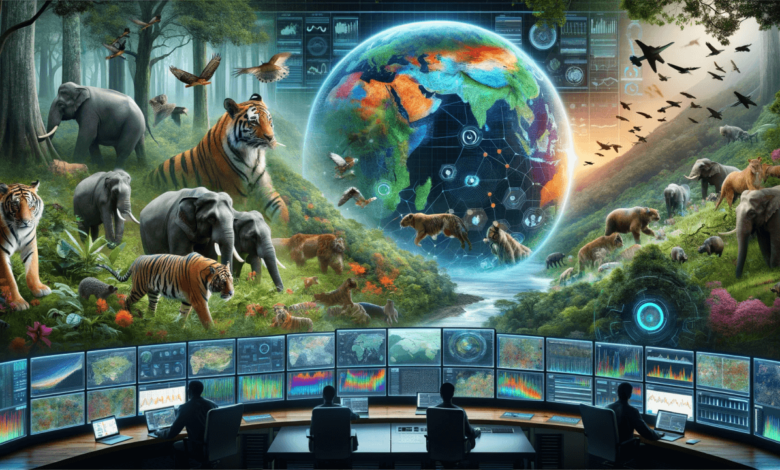The Impact of AI on Wildlife and Nature Photography

The integration of AI into wildlife and nature photography marks a significant shift in the field. Photographers now harness advanced algorithms to refine image quality, revealing the intricate beauty of the natural world. Real-time species identification enhances the understanding of biodiversity, fostering a deeper connection with nature. Yet, this technological evolution raises important ethical questions. As innovations unfold, one must consider the balance between artistic expression and responsible engagement with the environment.
Enhancing Image Quality With AI Algorithms
The integration of AI algorithms in wildlife photography has revolutionized the way images are captured and enhanced.
Through intelligent image enhancement techniques, photographers can now optimize their work, revealing the intricate beauty of nature.
Algorithm optimization empowers artists to refine details, adjust lighting, and elevate colors, allowing for striking visuals that inspire admiration and respect for wildlife, all while promoting ethical photography practices.
See also: How Pet Sitting Services Benefit Your Pet While You’re Away
Real-Time Species Identification
How can technology bridge the gap between wildlife observation and scientific understanding?
Real-time species identification exemplifies this connection, leveraging technological advancements to enhance species recognition in the field.
Enthusiasts and researchers alike can now identify flora and fauna instantly, fostering a deeper appreciation for biodiversity.
This ethical approach not only enriches wildlife photography but also empowers individuals to contribute meaningfully to conservation efforts.
Streamlining the Editing Process
Many wildlife photographers find that streamlining the editing process can significantly enhance their creative output.
By adopting automated workflows, they can achieve remarkable editing efficiency, allowing more time for exploration and connection with nature.
This approach liberates photographers from tedious tasks, enabling them to focus on their artistry and the stories behind each captured moment, fostering both creativity and ethical engagement with wildlife.
Ethical Considerations and Challenges in AI Photography
As wildlife photographers embrace automation to enhance their editing efficiency, they must also grapple with the ethical implications of integrating artificial intelligence into their craft.
Concerns arise around data privacy, as AI tools often require personal information.
Additionally, copyright issues may surface, while the potential for wildlife disturbance looms large, underscoring the need for a responsible approach to technology in nature photography.
Conclusion
As the sun sets on the horizon, illuminating the wild landscape, the future of wildlife and nature photography hangs in a delicate balance. AI’s capabilities offer unparalleled enhancements and insights, yet they beckon a crucial question: will this technological marvel preserve the sanctity of nature or exploit it? Photographers stand at a crossroads, poised to embrace innovation while safeguarding ethical practices. The choices made today will echo in the wilds for generations, shaping the legacy of both art and nature.




